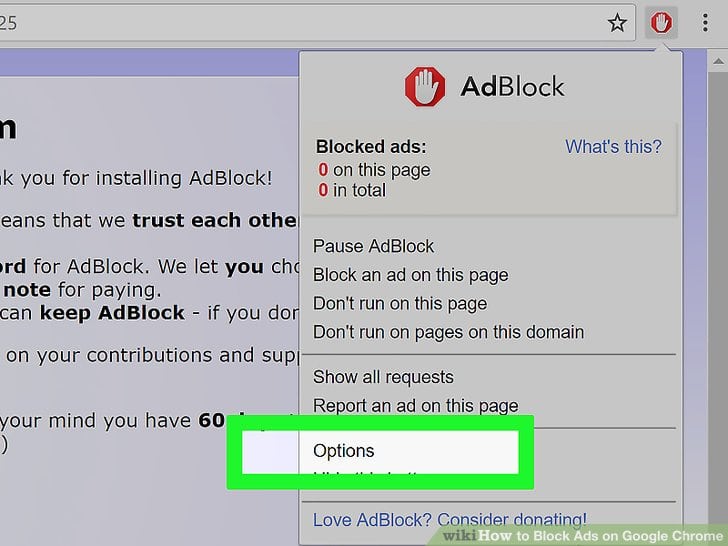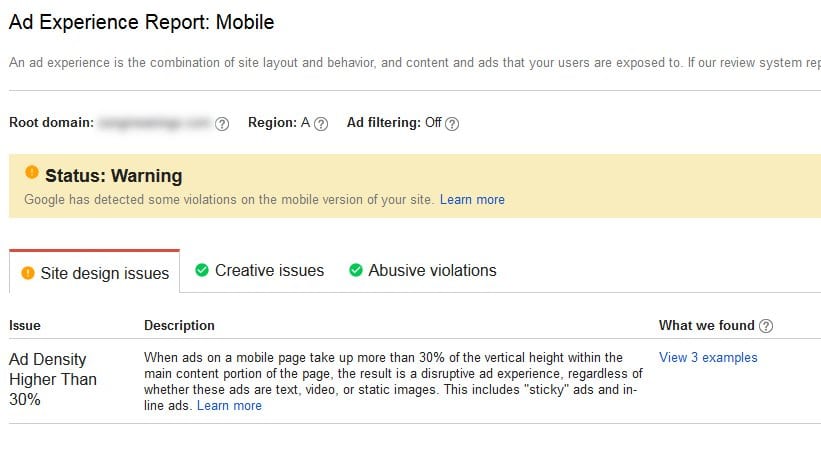Think website ads are too annoying? Last week, Vice President of Google Chrome Rahul Roy-Chowdhury announced that the browser was headed for some big changes. Chrome is going to begin to block ads deemed disruptive to the user experience. Whether you’re a site visitor or owner, here’s what Google Chrome blocking ads means for you.
The Better Ads Standards
An initiative created by the Coalition for Better Ads, the Standards are the least preferred ad experiences for mobile and desktop, according to public consumer research. Chrome announced its intention to roll out this process last June, making sure that website ads were compliant.
The move will filter out prestitial ads (those pesky countdown ads you see before you get to the content you were searching for), auto-playing ads with sound, and pop-ups, among others.

As of last year, at least 30% of web users utilized an ad-blocking service. The browser won’t block all ads (it still makes quite a bit of money off of advertisers). But, Roy-Chowdhury said, “It’s important to note that some sites affected by this change may also contain Google ads. To us, your experience on the web is a higher priority than the money that these annoying ads may generate—even for us.”
How it works
 With the new implementation of the Better Ads Standards, Google will evaluate sites by marking them as Passing, Warning, or Failing and send notifications to site owners. Developers and site owners can look through the Ad Experience Report in Google’s Search Console. Once they fix the ad errors, they can resubmit their site for review. Those sites that continue to be non-compliant after 30 days will have ads blocked, though users can choose to toggle ads back on.
With the new implementation of the Better Ads Standards, Google will evaluate sites by marking them as Passing, Warning, or Failing and send notifications to site owners. Developers and site owners can look through the Ad Experience Report in Google’s Search Console. Once they fix the ad errors, they can resubmit their site for review. Those sites that continue to be non-compliant after 30 days will have ads blocked, though users can choose to toggle ads back on.
What do you think of Google Chrome blocking ads?

Leave a Reply